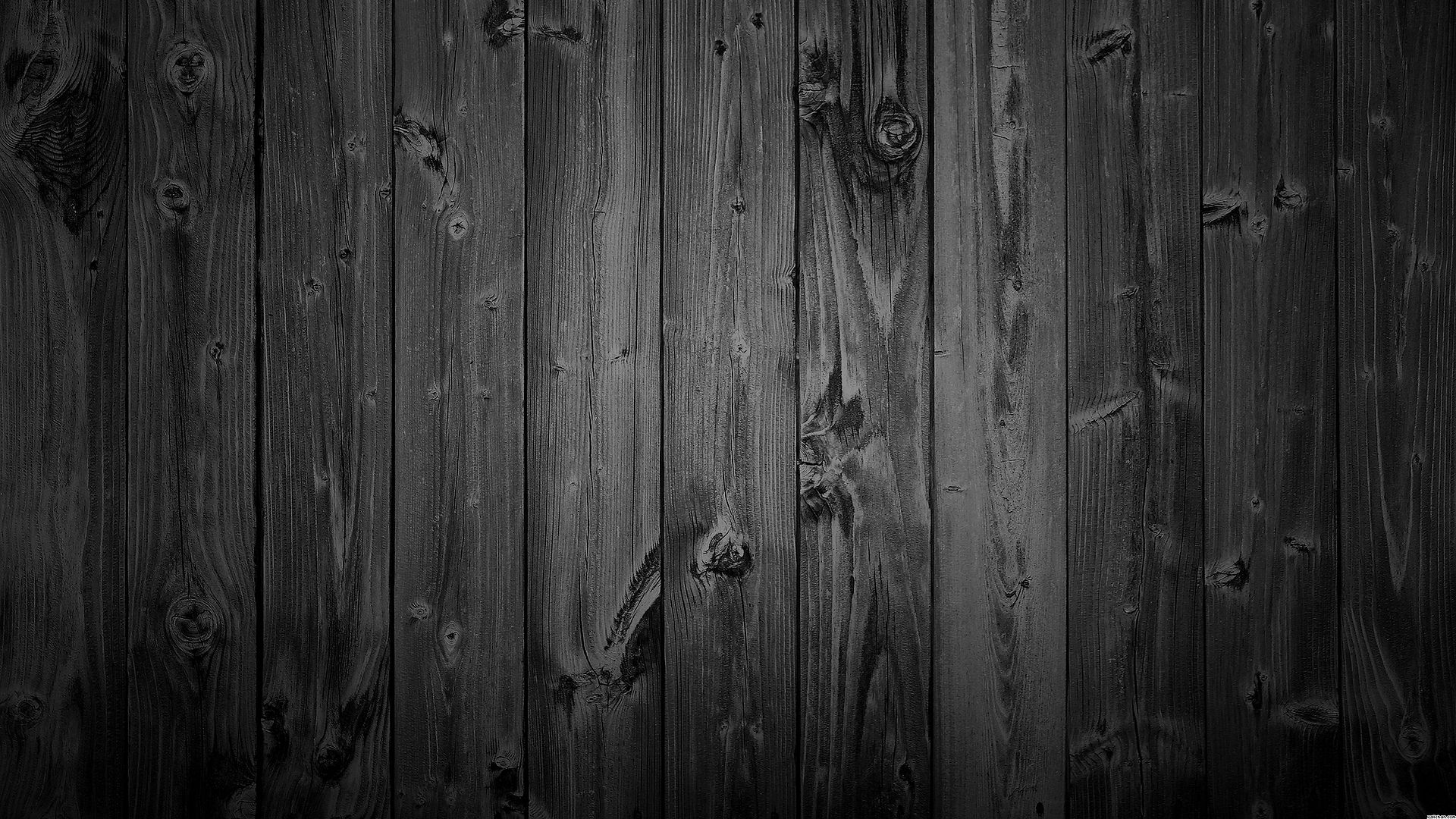
Nuisance Wildlife Removal
Call 417-291-6463
Serving Southwest Missouri
& Southeast Kansas

Armadillos
NINE-BANDED ARMADILLO: (Dasypus novemcinctus)
The armadillo is a rather interesting and unusual animal that has a protective armor of “horny” material on its head, body, and tail. This bony armor has nine movable rings between the shoulder and hip shield. The head is small with a long, narrow, piglike snout. Canine and incisor teeth are absent. The peglike cheek teeth range in number from seven to nine on each side of the upper and lower jaw. The long tapering tail is encased in 12 bony rings. The track usually appears to be three-toed and shows sharp claw marks. The armadillo is about the size of an opossum, weighing from 8 to 17 pounds (3.5 to 8 kg).
Range
The armadillo ranges from south Texas to the southeastern tip of New Mexico, through Oklahoma, the southeastern corner of Kansas and the southwestern corner of Missouri, most of Arkansas, and southwestern Mississippi. The range also includes southern Alabama, Georgia, and most of Florida.
Habitat
The armadillo prefers dense, shady cover such as brush, woodlands, forests, and areas adjacent to creeks and rivers. Soil texture is also a factor in the animal’s habitat selection. It prefers sandy or loam soils that are loose and porous. The armadillo will also inhabit areas having cracks, crevices, and rocks that are suitable for burrows.
Food Habits
More than 90% of the armadillo’s diet is made up of insects and their larvae. Armadillos also feed on earthworms, scorpions, spiders, and other invertebrates. There is evidence that the species will eat some fruit and vegetable matter such as berries and tender roots in leaf mold, as well as maggots and pupae in carrion. Vertebrates are eaten to a lesser extent, including skinks, lizards, small frogs, and snakes, as well as the eggs of these animals.
General Biology, Reproduction, and Behavior
The armadillo is active primarily from twilight through early morning hours in the summer. In winter it may be active only during the day. The armadillo usually digs a burrow 7 or 8 inches (18 or 20 cm) in diameter and up to 15 feet (4.5 m) in length for shelter and raising young. Burrows are located in rock piles, around stumps, brush piles, or terraces around brush or dense woodlands. Armadillos often have several dens in an area to use for escape. The young are born in a nest within the burrow. The female produces only one litter each year in March or April after a 150-day gestation period. The litter always consists of quadruplets of the same sex. The young are identical since they are derived from a single egg. The armadillo has poor eyesight, but a keen sense of smell. In spite of its cumbersome appearance, the agile armadillo can run well when in danger. It is a good swimmer and is also able to walk across the bottom of small streams.
Damage and Damage Identification
Most armadillo damage occurs as a result of their rooting in lawns, golf courses, vegetable gardens, and flower beds. Characteristic signs of armadillo activity are shallow holes, 1 to 3 inches (2.5 to 7.6 cm) deep and 3 to 5 inches (7.6 to 12.7 cm) wide, which are dug in search of food. They also uproot flowers and other ornamental plants. Some damage has been caused by their burrowing under foundations, driveways, and other structures. Some people complain that armadillos keep them awake at night by rubbing their shells against their houses or other structures. There is evidence that armadillos may be responsible for the loss of domestic poultry eggs. This loss can be prevented through proper housing or fencing of nesting birds.Disease is a factor associated with this species. Armadillos can be infected by the bacterium Mycobacterium leprae, the causative agent of leprosy. The role that armadillos have in human infection, however, has not yet been determined. They may pose a potential risk for humans, particularly in the Gulf Coast region.
Damage Prevention and Control Methods
There is no hunting or trapping season in Missouri for the armadillo. However, damage-causing armadillos may be controlled to prevent further damage. Control methods can include exclusion, habitat modification, trapping and removal. Our technicians will help you determine the best options for your situation.
-
Exclusion - Armadillos have the ability to climb and burrow. Fencing or barriers, however, may exclude armadillos under certain conditions. A fence slanted outward at a 40 degree angle, with a portion buried, can be effective. The cost of exclusion should be compared to other forms of control and the value of the resources being protected.
-
Habitat Modification - Armadillos prefer to have their burrows in areas that have cover, so the removal of brush or other such cover will discourage them from becoming established.
-
Trapping and Removal - Body-grip traps are not allowed for dry-land sets in Missouri, and foothold traps are not effective for armadillos. Cage-type traps are effective and most likely the method our technicians will use. Traps are placed along pathways leading to burrows or along fences or other barriers. Armadillos have poor eyesight, so to enhance the trap’s effectiveness 1-by-4- or 1-by-6-inch boards are used as “wings” to help funnel the animal into the trap opening.
-
Shooting - Armadillos are nocturnal and nomadic, so shooting is usually not practical. In most situations local authorities have regulations regarding the use of firearms.
-
Other Methods - Since most of the damage armadillos cause is a result of their rooting for insects and other invertebrates in the soil, soil insecticides may be used to remove this food source and make areas less attractive to armadillos.
Economics of Damage and Control
There are few studies available on the damage caused by armadillos. The damage they do is localized and is usually more of a nuisance than an economic loss.